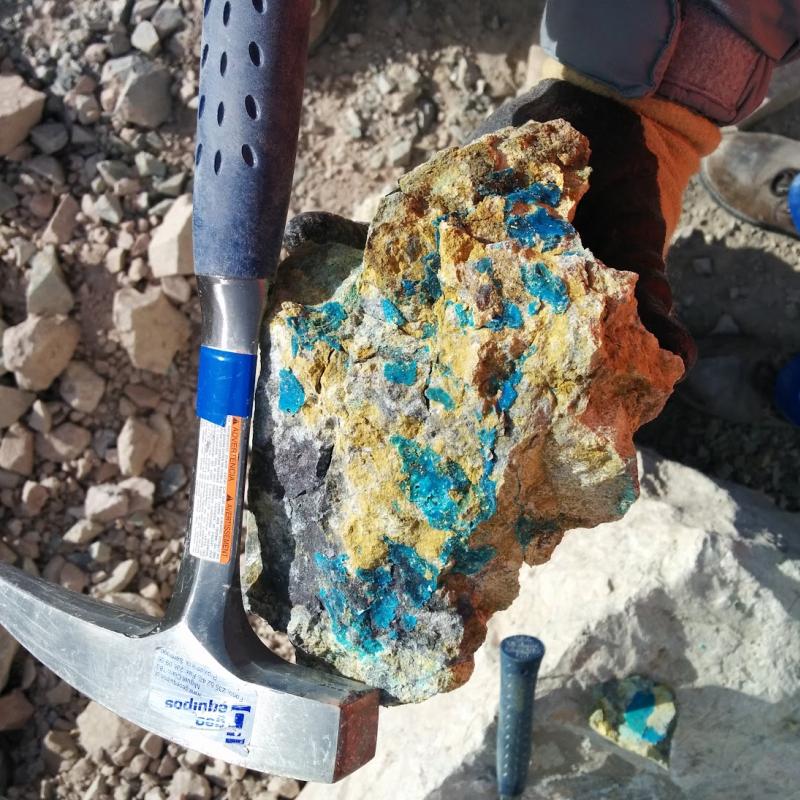Helping secure access to (critical) raw material resources in the context of the Energy Transition

Depending on exact topic definition. Possible are Geophysics, Thermal Infrared (for geologic topics), python programming (for scripting).
Raw materials are economically and strategically important for society, and an explosion in demand is predicted for many raw materials because a zero-carbon future is heavily dependent on them. Examples are rare earth elements, lithium, cobalt, but there are many more. This demand explosion takes place against a backdrop of growing aversion against mining and a decreasing ‘social license to operate’, especially in Europe. ‘Diversification’ is widely seen as essential: that not only means exploration for new resources in new geographic areas, but also tapping into unconventional minerals, recovery of by-products from mining, recovery from tailings, urban mining, and recycling.
Within this context and in discussion with interested students we can offer a range of research projects. Projects could focus on the role of proximal sensing techniques for characterization of rock samples (e.g., hyperspectral imaging spectroscopy); on the development of improved remote sensing approaches in mineral exploration (e.g., multi- or hyperspectral remote sensing); on multi-scale integration of geological and geophysical methodologies supporting a minerals systems approach; or on using remote sensing to monitor mining activities to support environmental, social, governance (ESG) aspects and responsible mining. We are also happy to help design research projects that focus on public perceptions of mining and on ‘social license’.
Multiple research directions and overarching objectives are possible, for instance:
- Development of new methodologies or workflows for analysis of drill core or grab samples for material characterization in mineral exploration, for instance, rare-earth-element-bearing minerals or lithium-bearing minerals.
- Improved (spectral) analysis of hydrothermal alteration mineral assemblages (e.g., iron oxides-hydroxides, alunite) as pathfinders for mineral resources, for instance, in remote sensing mineral exploration.
- Modeling or empirical studies to better understand spectral responses of complex rock samples, e.g., effects of mineral mixing, solid solutions, physical properties (particle size, moisture).
- Using remote sensing time series data to extract the maximum amount of mineralogical or environmental information, for instance, for improved regional geological mapping.
- Develop innovative ways of using remote sensing or other types of geospatial information to monitor mining activities, for instance, for improved monitoring of Environmental-Social-Governance aspects and/or supply-chain security of mineral extraction.
Depending of the precise interest of the student, papers for further reading can be suggested. Please contact Arjan Dijkstra, who will direct you to the most appropriate supervisor(s) on the list if needed.
